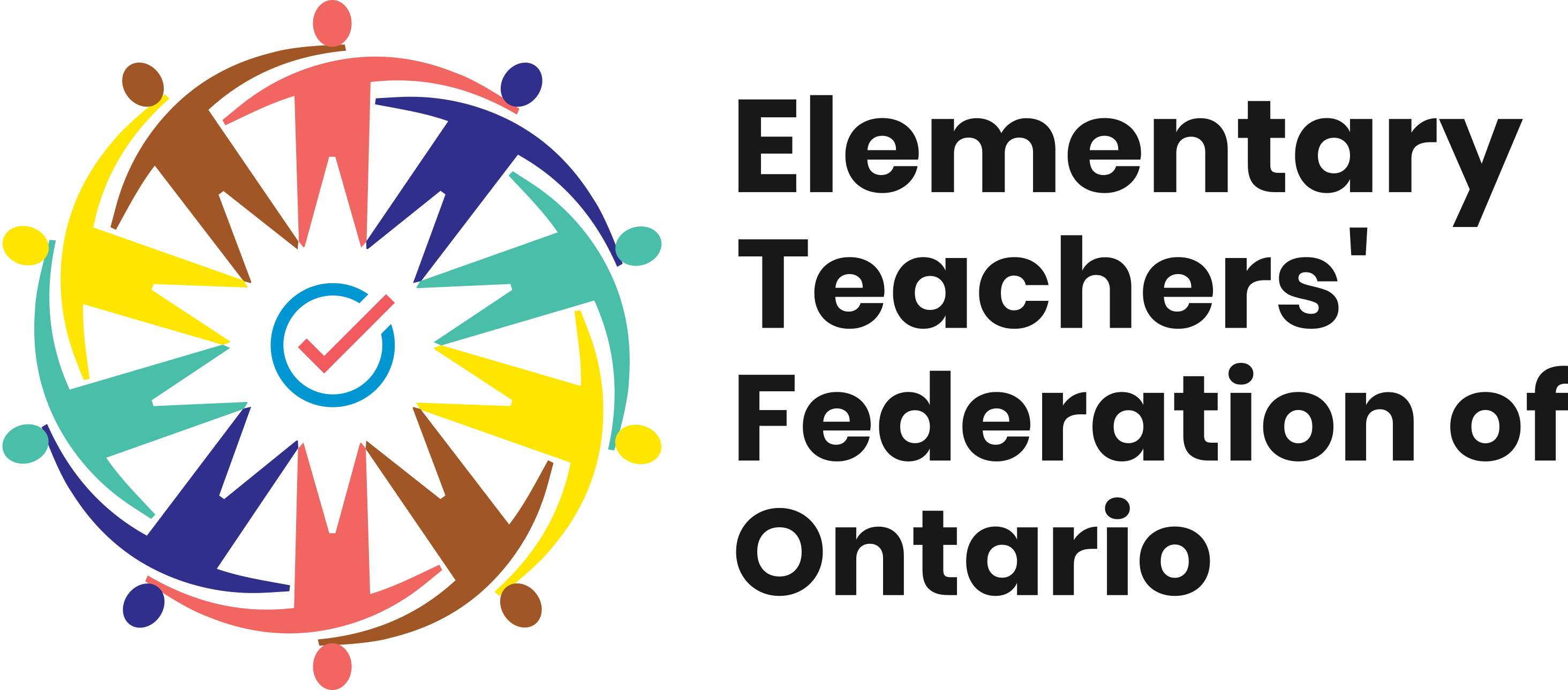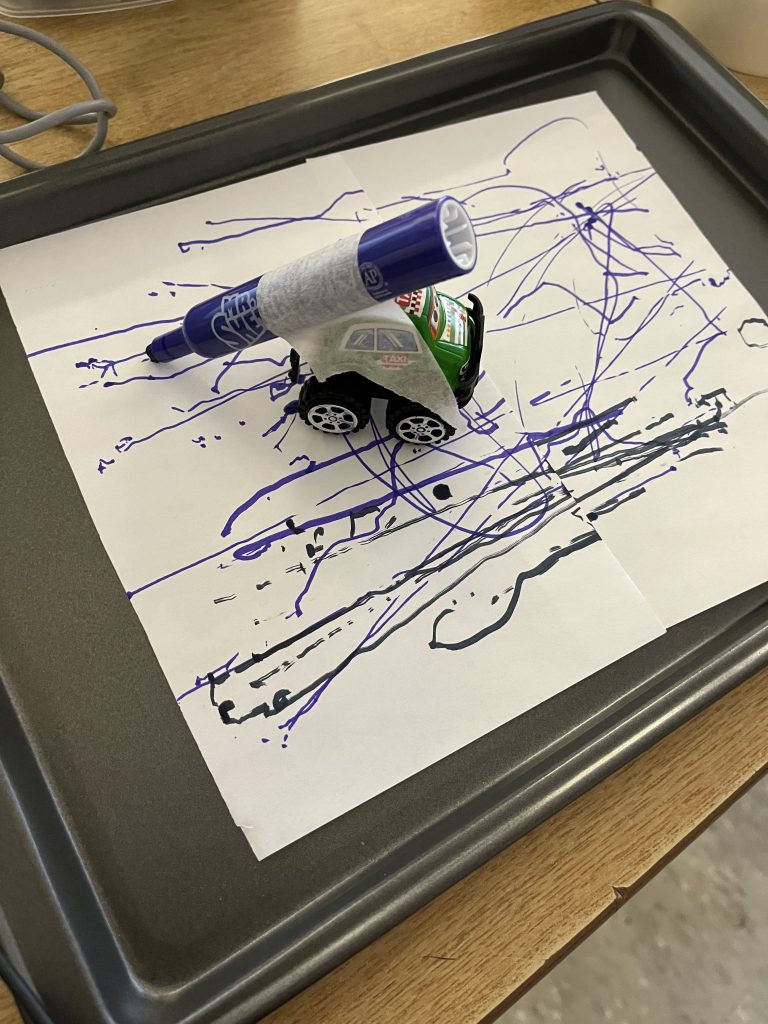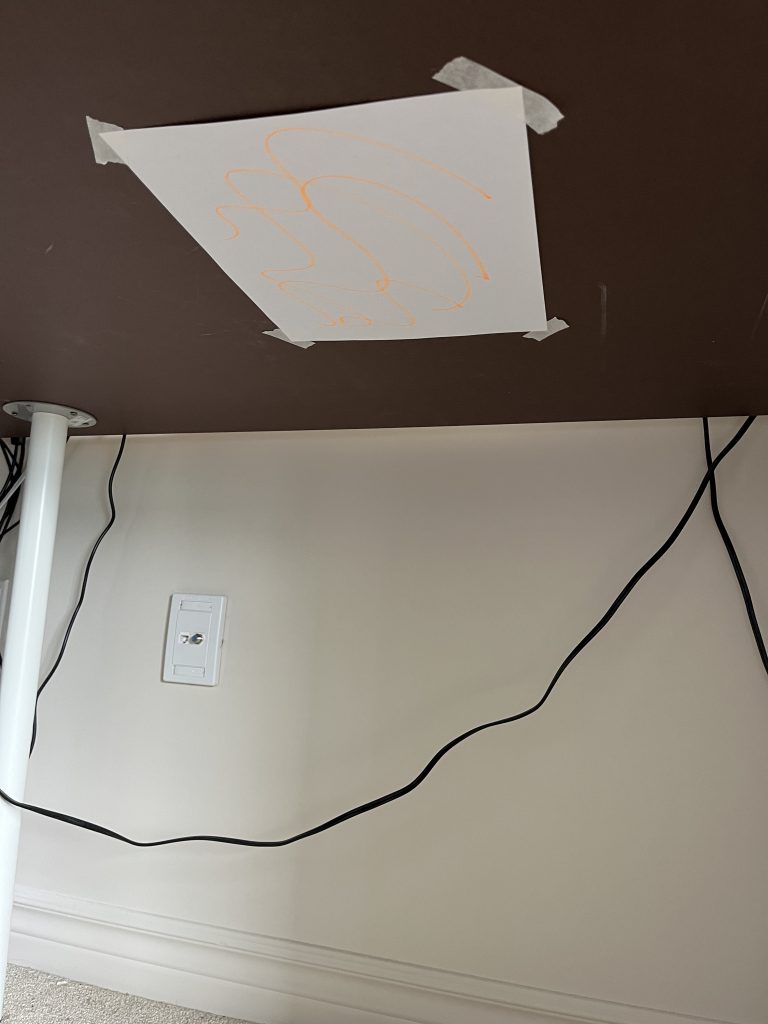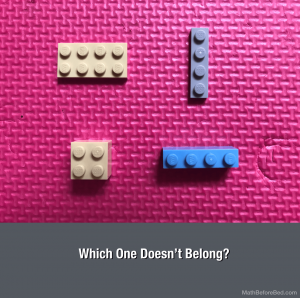Have you ever used cars to make works of art?
No matter how old you are – it’s awesome.
In our Virtual Kindergarten class this year, my DECE partner and I have been trying to incorporate as many creative, open-ended and hands on experiences as possible.
One of our favourite ways to offer these experiences is through process art.
Process art, by definition, emphasizes and appreciates the process of creating art or manipulating art materials rather than placing value on the final or finished product.
Process art invites students to get messy, get creative and make mistakes. The experience of engaging with materials like paint, is sensory and exploratory. There is so much learning taking place while students are creating an understanding of cause and effect relationships, engaging multiple senses and applying their problem solving and critical thinking skills.
Process art provides students with the opportunity to be successful. There are no examples, there are no rigid expectations of the final product and there are no limits. The learning that begins with process art activities has the potential to grow and blossom into the experimentation of other theories, ideas and challenges. Process art is personalized, developmentally appropriate and inclusive. It’s a provocation that students can enter at their unique stage of development and can be transformed to meet individual needs. In regard to The Kindergarten Program (2016), process art aligns with a wholistic pedagogy in the Early Years. As students explore concepts of math, test theories of science, respond to literacy experiences, practice patience, persevere and gain confidence in their own abilities – they are playing, collaborating and falling in love with learning.
Upside down drawing? Absolutely!
The invaluable learning that occurs when students feel free to express themselves has inspired us to integrate the “process over product” approach into experiences outside of the arts.
Our most recent attempt was the exploration of composing and decomposing numbers through a game of cup bowling. Students brought 6 cups to their screen and placed them upside down in a triangle formation. Then, they rolled a ball to bowl for their cups. We had many conversations of how much/how many, using words like less and more to describe our game play. Some of the students even discovered that the cups were 3D shapes, and put a ball on top of their cup to create “ice cream cones”. We continue to look for ways to imbed this process focused and play-based learning into our daily routine.
Do you invite older students to explore “process over product” activities?
In what ways does emphasizing “process over product” influence your students and their learning and understanding?
Please note: ETFO’s position on in-person learning remains unchanged. The union firmly believes that the daily, in-person model of instruction and support best meets the educational, developmental and social needs of students, provides the best experience for support, and is the most equitable learning model for all students.
ETFO’s expectation is that elementary virtual learning in any capacity, including through hybrid models of instruction, will end once the pandemic ends.



